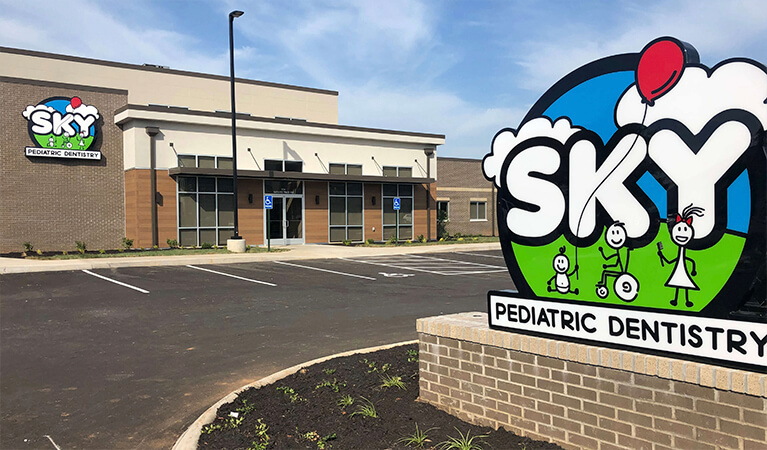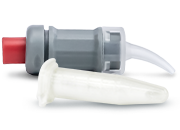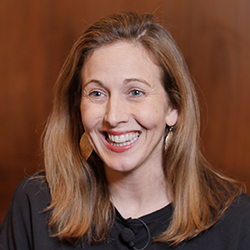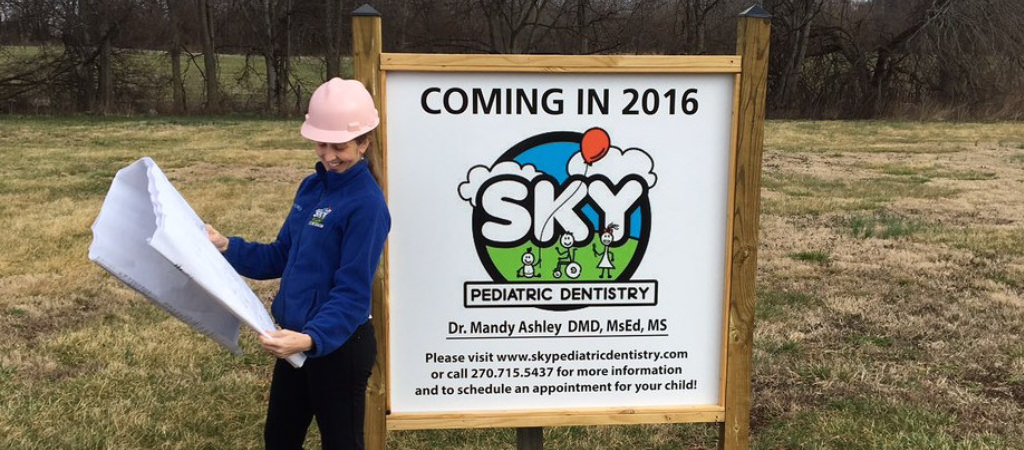
Shortly before finishing your pediatric residency, several doors of opportunity may open for you. You might be tempted to accept an associate position and receive a guaranteed salary with a generous benefits package. Or you may opt to take the initiative, build your own office, and create the practice you know you will love. I chose the second option.
CALCULATING THE START-UP COSTS.
I know that crushing student loan debt can limit your potential to qualify for a large start-up business loan. When I finished my pediatric dental residency in 2012, I had already worked as a general dentist for 11 years and had no student loan debt. With the modest collateral provided by my house, I qualified for a $618,000 start-up loan from Bank of America. In Kentucky, that provided me with 3,000 square feet of leased space and a five-operatory office. In my experience, due to the initial expense of purchasing quality dental equipment such as a digital x-ray machine and the Nomad handheld x-ray, it would be difficult to start even a small two-operatory pediatric dental practice for less than $400,000. But creative options are available. One option is to lease space on Fridays in an existing dental practice while working in an ambulatory surgery center another one or two days a week. This choice may result in start-up costs of $100,000 or less.
FINANCIAL LENDING IS CRUCIAL IN BUILDING YOUR OWN OFFICE.
I think anyone interested in starting their own practice and building their own office should start by visiting local banks and also talking with national lenders familiar with start-up dental lending. You need to have a realistic idea of what you can borrow before spending time and money for design fees and construction plans.
Keep in mind, after you have secured your start-up loan, you have three main choices for the design and construction phase of the process. One option is to use a dental company like Patterson or Schein to create your design. Just be aware that these companies are in the business of selling dental equipment.
Alternatively, you could also use a builder with an in-house design department. However, remember that they need to understand in detail the unique needs of a dental office, specifically the regulations relating to nitrous and oxygen (med gas) lines applicable in your state.
I chose a third option and hired a dental architect who drew a great set of detailed MEP (mechanical, electrical and plumbing) plans, including interior design for a 3,000-square-foot starter office. I bid these plans out to four contractors in my town and got a variance of $100,000 between bids. I went with a smaller, newer firm that had just finished their first dental office. I most definitely made the right choice. I used the same firm for my second office and now am designing my third office with them as well.
Here are some tips I learned along the way that may make your journey easier.
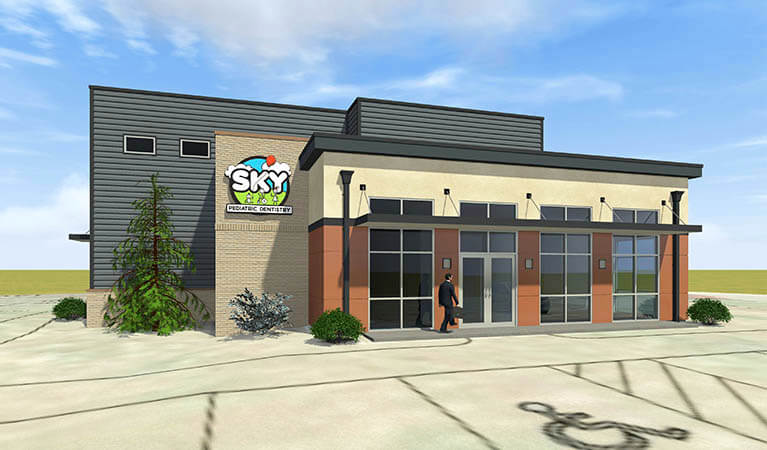
BUILD YOUR VIRTUAL OFFICE BEFORE YOUR PHYSICAL ONE.
Prospective parents learn about you through your online presence. Your website should be well designed and easy to use on a mobile phone. Offer a secure patient-registration portal that ideally feeds directly into your electronic patient record system.
Build a Facebook community by using FB business tools such as promoted targeted posts and contests. I had my website and FB business page up and running a few months before our office doors opened. I was able to create online interest in the practice and register patients in advance, so that when we opened, we were booked solid for the first couple weeks.
I would suggest opting out of allowing parents to select their own appointment times. Many nuances in pediatric dentistry must be factored in when choosing the best time to schedule each patient. I would suggest you retain control over the appointment times offered and have your staff help coach parents, explaining why certain select times are offered. Who really wants to end their happy work day doing two pulps and SSCs on a 3-year old child?
BUILD LOW-COST, HIGH-RETURN “BABY SMILES” ROOMS.
These non-traditional spaces are geared towards treating kids up to 4 years old who may not be ready for a traditional dental chair. You can turn a 16-squarefoot space into a great area to do a D0145 CAMBRA oral evaluation for a patient under 3 years of age while counseling with the primary caregiver.
In my offices, I have five rooms each with a unique design feature—a starry sky, a playhouse with a window, a jeep, a John Deer tractor, and a climbing caterpillar. Each room provides a comfortable area for parents to sit. We use a lighted mirror, a cordless prophy angle, and lots of tell-show-do activities to introduce kids and their families to caries risk factors on their first dental visit. Since these rooms do not have traditional dental chairs or handpieces, they cost on average about $1,000, rather than the cost of over $10,000 per room required to furnish traditional treatment areas.
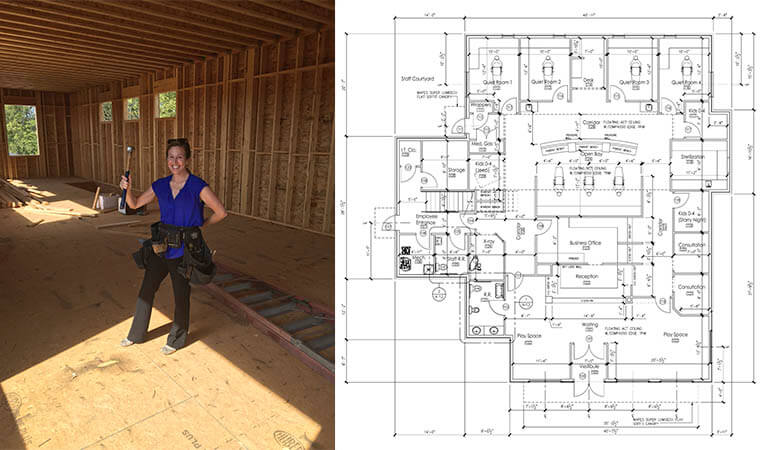
BE PREPARED FOR PEOPLE NOT TAKING YOU SERIOUSLY.
Depending on where you locate your practice, this tip may be especially true if you are a woman, and even more so if you are a mom. I am an outspoken, board-certified, self-made entrepreneur with four children age 10 and under. I was grossly underestimated by my peers in terms of how fast my practice would grow and how determined I was to succeed.
This underestimation even carried over into the construction process. Some days, I resorted to bringing my husband, a biology professor and a wonderful man (but not a “handyman” by any stretch of the imagination), down to the job site to raise a ruckus and make the “final decisions” regarding some construction issues. I did this because some guys on the job just were not used to building for a woman.
I might have felt a little underappreciated after all of the education I have obtained and all the blood, sweat and tears that went into the design and building process. But in the end, there comes a time when you just need to get the job done so you can open the doors to your practice and get on with life.
My advice to residents or others considering whether to construct a new office building is this. Use whatever resources you have available to help get the job done. Bring your loud dad, your linebacker cousin, or whoever you have that is big and intimidating to your job site, and have them help you accomplish your dream and get your office built.
BE PREPARED FOR EMOTIONAL FREAK-OUTS TO HAPPEN.
Make sure the people who love you, like your spouse or your parents, are also ready to support you when you freak out. It is really scary to open the doors to your new office and wait for the insurance and Medicaid gears to creak into action as you try to make your first payroll with $3.22 to spare.
About two months into my new practice, the cash balance was so tight that I was balancing my practice account nightly, holding vendor checks until the day before they were due to make sure they didn’t bounce. I remember asking my husband, “When do you think Rumpelstiltskin will stop by to pick up our firstborn child?”
Getting your practice off the ground is financially frightening, but if you have a little cushion built into your practice loan—an amount called “working capital” that can get you through the first few payroll periods (not paying yourself!)—you will be better able to sleep at night.
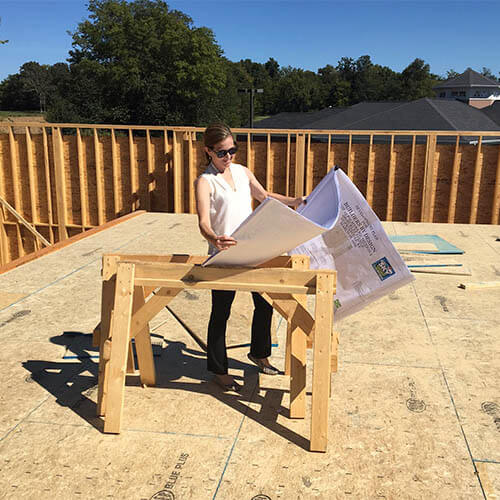
GETTING DOWN ‘N DIRTY
Dr. Mandy isn’t afraid of getting involved onsite. She recommends at least weekly visits to the construction site for the best outcome.
YOU SHOULD SET POLICIES TO MAKE MEDICAID WORK.
Please consider adopting policies right from the beginning to help parents place a high value on their children’s dental appointments at your office. This will dramatically limit their no-shows. Because of my experience as a public health dentist in Alaska, I remain personally committed to serving the underserved. At least here in Kentucky, a large percentage of the traditionally underserved community qualifies for Medicaid benefits.
I have developed a three-pronged approach to limiting Medicaid no-shows to fewer than 15 percent. Our first approach is to inform parents about our “No-show Policy” and make sure they have an appointment date and time that works for them. If they cannot make an appointment, we don’t ask for anything more than just calling us prior to 9:00 am that same day.
The second tactic we employ is offering only “same day scheduling” to parents with Medicaid who have either been more than 15 minutes late or who have been a no-show at a previous appointment. Such parents may not schedule a specific time for their next appointment. They must call after 9:00 a.m. any day they have transportation available, and, if we have an opening from a cancellation, we will fit them in. This practice resets their no-show status, and if they arrived on time, they can schedule a date and time for their child’s next appointment.
The third step is using dismissals. If a child has no-showed and the parent did not call within 24 hours of the no-show, we send a letter informing the parent that they have 30 days to call, text, email, or just come by the office and let us know they would still like their child to be our patient. After the 30-day window closes, we are no longer the child’s dentist until custody changes (foster care or grandparents given legal rights, etc.). By using these simple tactics, we are able to limit Medicaid no-shows. At the same time, I believe we are teaching parents how to better value their child’s dental appointment.
If you are on the fence facing a choice between accepting a terminal associate position or starting your own practice, I hope this article nudges you toward making a decision to start your own practice. There is a reason why so many practice owners, myself included, are gratified we made the right decision. We set our own schedule, we know who we work for, and we can set our own goals to practice at the highest level possible.
And hey, if I can jump in and do it, with my four young kids, you’ve got this!
